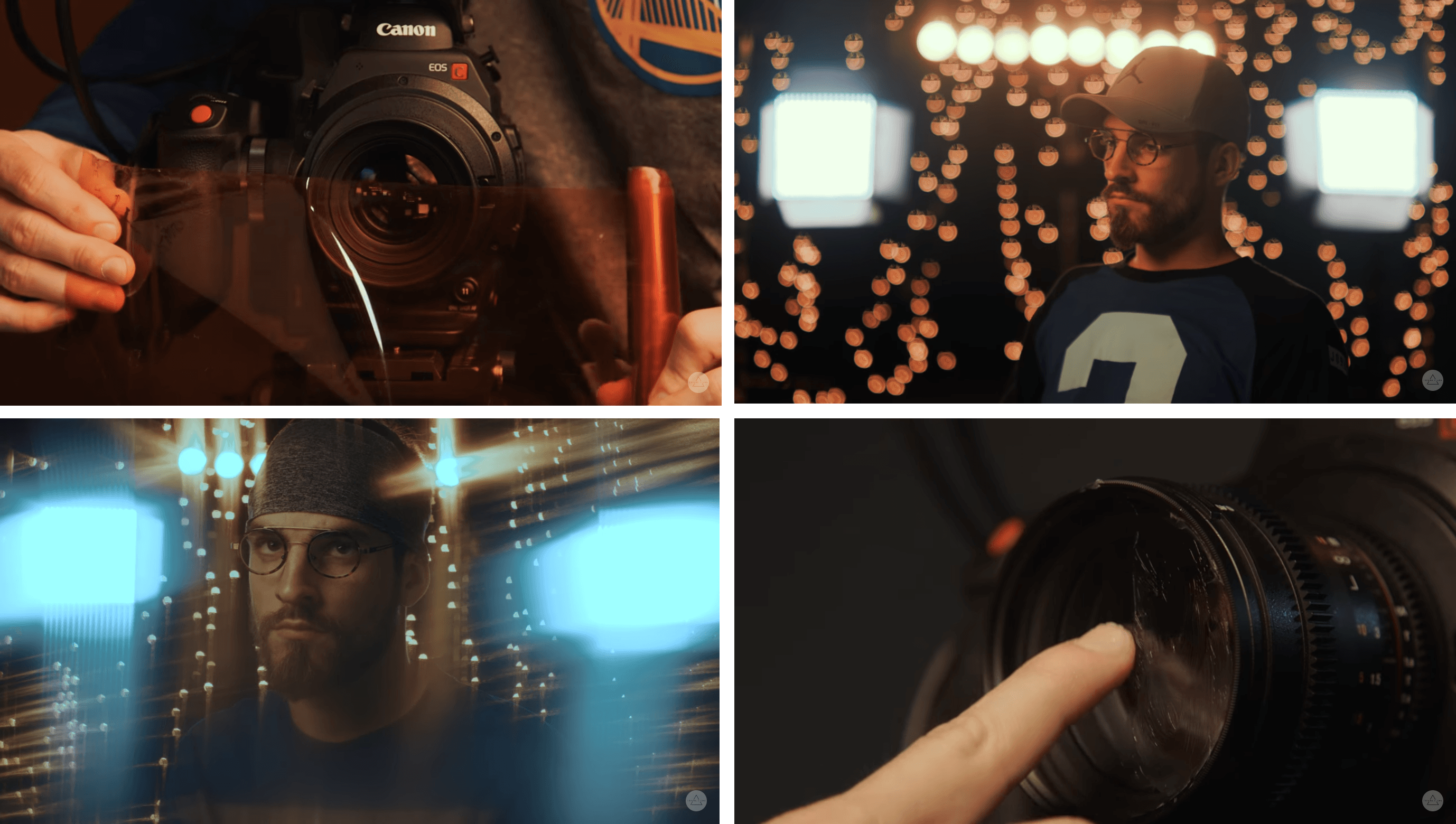

Tiffen Pro Black Mist Filter (full-strength)
#Filters for photos skin#
As you can see in the image below, pores get smoothed out and small imperfections become less noticeable and should be easier to remove in post-production with the softer, more even skin tone to sample from when using cloning tools or Magic Wand-like tools. This diffusion effect also pays dividends in portraiture, as it can subtly soften subjects’ skin, smoothing out wrinkles and blemishes that you may otherwise have to smooth out in post-production. In some ways, a mid-strength mist filter can emulate the look of film by bringing back the halation effect seen in most film stocks, particularly those without an anti-halation filter. As seen in the image above, mist filters also add a soft glow around light sources that would otherwise have hard edges or sharp flares and streaks. Mist filters, generally speaking, will make highlights seem less pronounced, make shadows a little less rich, and overall lower the contrast of the scene. With the ‘what’ and ‘how’ out of the way, let’s dig into the ‘why?’ That is, why would you want to use a filter just to soften the image of the (likely expensive) lens you’re putting it on (or behind)? As with most decisions in the world of photography, it comes down to creative choices and personal preference. The added benefit of this design is that it also doubles as a way to protect your sensor and can be combined with traditional filters mounted to the front of your lens. And at least one company, Kolari Vision, is already making ‘clip-in’ mist filters, which sit between the lens and sensor in mirrorless cameras. Tiffen’s Black Pro Mist filters are arguably the most well-known, but NiSi, Hoya, Moment and Prism Lens FX all have their own versions. Multiple filter and accessory manufacturers have their own versions. These mist filters are typically found in the usual circular style, with different diameters designed to fit into the filter thread of a given lens. Take a close look and you’ll see the black speckles heavily distributed across this full-strength Pro Black Mist Filter (52mm). How many of these ‘specks’ are sprinkled on top determines how strong the diffusion effect will be: more specks means more prominent diffusion, fewer specks means less diffusion. Whatever a particular company calls their light diffusion filters, they’re all designed in a similar way: at some point in the filter manufacturing process (which usually consists of laying various coatings atop a piece of optical glass), small black speckles are sprinkled on top of the piece of glass. But how do these filters diffuse light and what kind of effect do they provide at different strengths? We’re here to break it down and show you with a collection of sample images. While the name varies from one company to the next, all of these filters are more or less the same thing: diffusion filters designed to soften an image by a pre-defined strength, usually defined by a fraction (1/8, 1/4) or a percentage (20%, 40%). Kolari Vision’s clip-in filters sit between your lens and sensor in compatible mirrorless camera systems.

Note: Depending on your version of Photoshop, you may not be able to apply some filters as Smart Filters.Mist filters come in all shapes and sizes. So before you start applying filters, convert the layer you’re working on to a Smart Object. Using Photoshop filters directly on a pixel layer will change the pixels, so wherever possible you should use Smart Filters.Ī Smart Filter is a filter that’s applied to a Smart Object – a layer that saves the image’s source information with its original characteristics and allows you to edit non-destructively. When working with an image, it’s good practice to work non-destructively (i.e. They can also be used to clean up or retouch images. colored filters).īut if you want to apply artistic/special effects in post-processing, Photoshop has a number of filters you can apply during this stage of your workflow. a polarizing filter to reduce glare), although some are for artistic effects (e.g. Most of these filters serve a specific purpose (e.g. When you think of filters in photography, your first thought might be those specialized glass pieces you affix to the end of your lens.


 0 kommentar(er)
0 kommentar(er)
